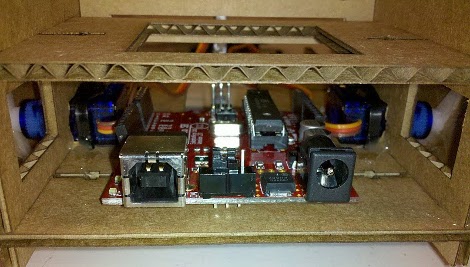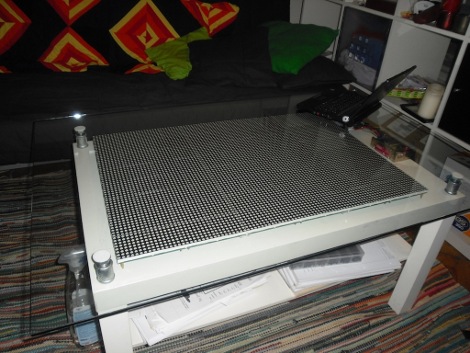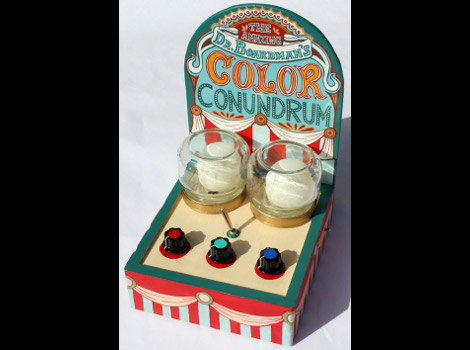
Who needs expensive acrylic based, microcontrolled robots with only a few sensors available when cardboard and an Android cellphone will work much better for much less in cost! The team over at Cellbots have done just that. While they did cheat a little by using a laser cut cardboard for exact measurements and including an Arduino to control the servos, they certainly attained their goal of “cheap” (assuming the already had the cellphone). We’re just wondering why it took them 4 weeks for a little CAD and code.
Regardless, one idea that immediately comes to mind is thousands hundreds a few little cardboard swarm bots ravaging homes everywhere, just don’t step on them.
[Thanks Mashable]












